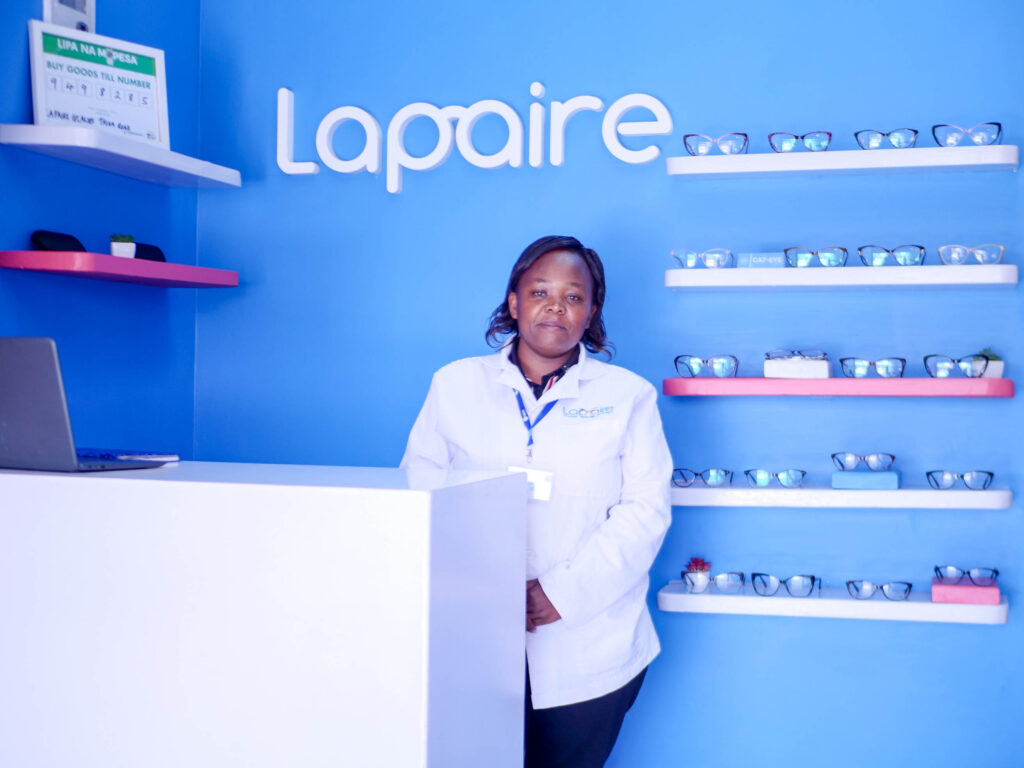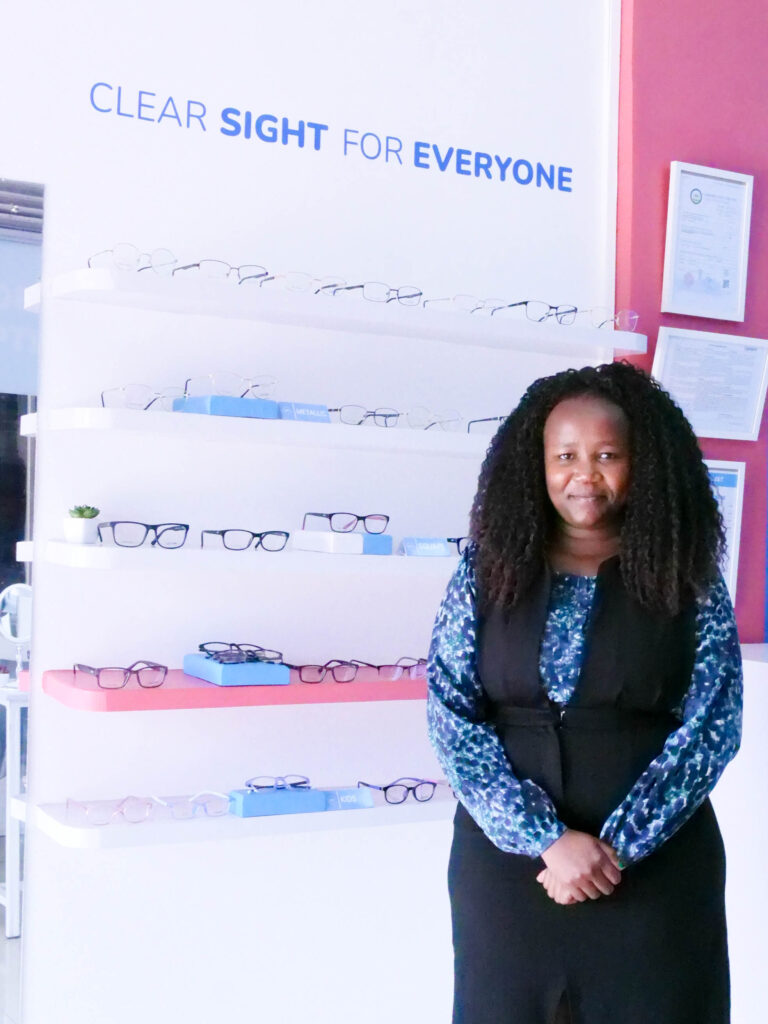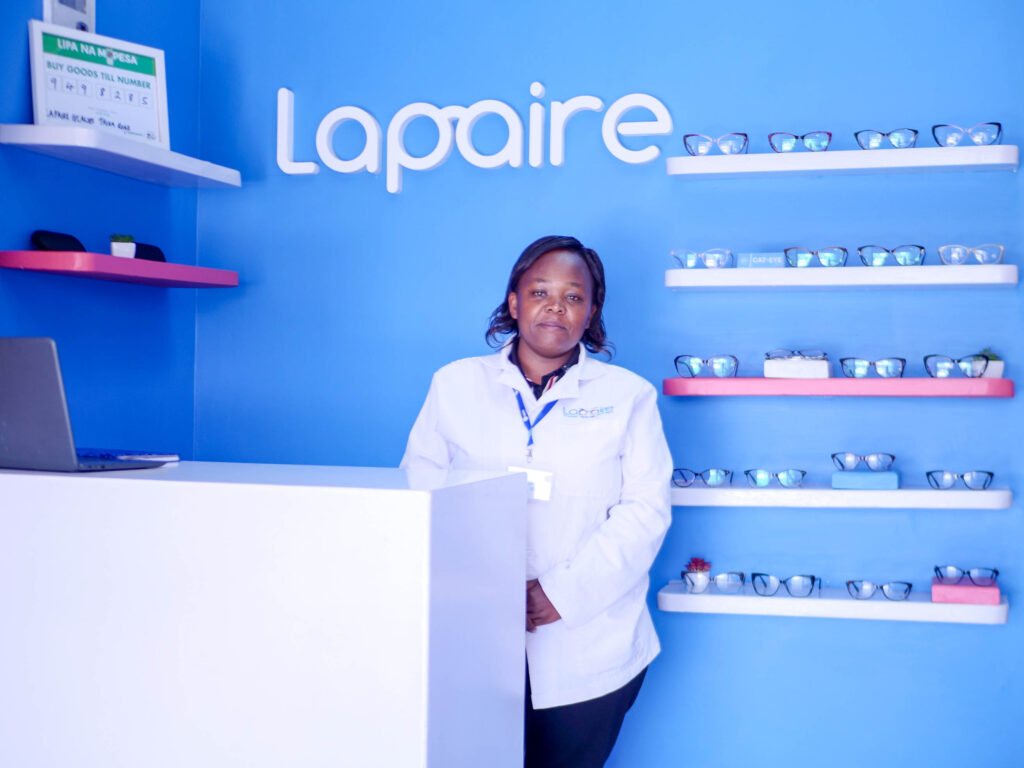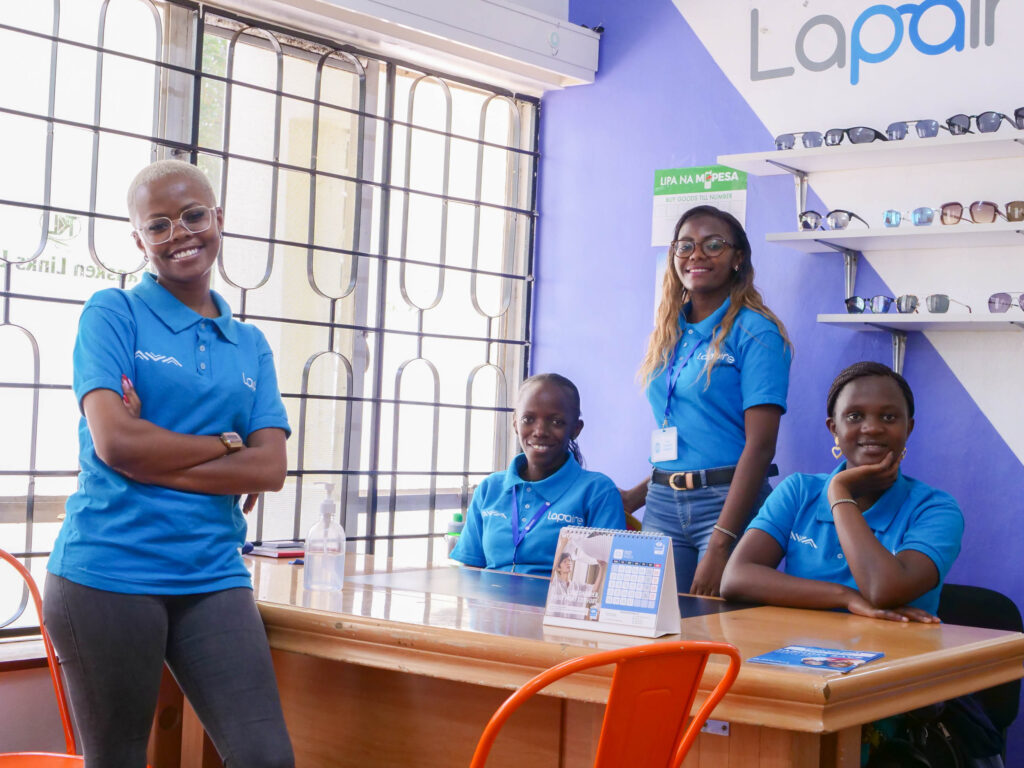Women Optometrists Yet to Be Recognised Despite Milestone

Lack of proper data on women participation in the eye care service sub sector is making it difficult to quantify their participation experts have said.
They say it’s unfortunate, that there is not any official data available to assess the share of women practicing as Opticians, Optometrists.
Lapaire an international organisation running optical shops across 7 countries in Africa say that despite improvement in Gender perspectives in the workplace women in the eye care sub sector have not been recognised.
“Lack of data on active or even past data on participation of women should be a concern,” Roseline Kilonzo Expansion Manager Lapaire East Africa

She says that despite not having any policy about women employees, they have capped that with the recruitment policy.
“Our recruitment criteria is based on skills and technical background whatever the gender, ethnicity, religion, political ideas. We are very proud to have women as Optometrists and Managers especially and we really try to push all our employees to grow equally. Whether you are a man or a woman, we won’t make any difference to help you grow in your role,” She noted.
According to Roseline Kilonzo, Lapaire their East African workforce comprises of 63 percent women employees while at a group level the composition is at 51 percent.
“Recently, the few sales representatives promoted to Branch Managers in EA and WA were exclusively women but it was a pure coincidence. Small bias being that many women excel at sales roles and have a real sense of customer care”
Every year, in the month of March, Lapaire celebrate women on the 8th of March, and Optometrists on the 23rd the organization likes to mix both celebrations and talk about female Optometrists through appearance or lives with their digital community.

According to statistics, 52% of Lapaire’s frequent visitors are men while 48% are women. The difference is quite small which is encouraging when it comes to access for women to eye care services.
Like in any other industry, there are obviously challenges faced in the eye care industry as per an article done by Community Eye Health Journal , Two-thirds of blindness and visual impairment occurs in women because of an imbalance in the coverage of services across some areas.
Some of the reasons cited in the article include; Lack of access to household resources and opportunity costs (e.g. loss of income due to the time taken to attend appointments) prevent women from accessing eye care services.
Most women are often less educated than men and are less likely to access information outside the home due to their caretaking role, they are also less aware of eye health treatments and services. Women have reduced power to make decisions in the household and sometimes de-prioritise their own health in favour of others in the family.

Therefore, it’s essential to reach out to the communities and women groups and work on awareness about eye problems and eye care to tackle the inequalities in terms of education, between men and women.
According to Roseline Kilonzo the future of women in the eye care is quite promising. Given the fact that more and more women want to have a career and a fulfilling job.
“we really think that more women will tend to enter Optometry Schools, therefore we should see more of them in Optical shops or Hospitals. There is so much room for them in this industry, especially given the fact that we lack eye care professionals in general.”






